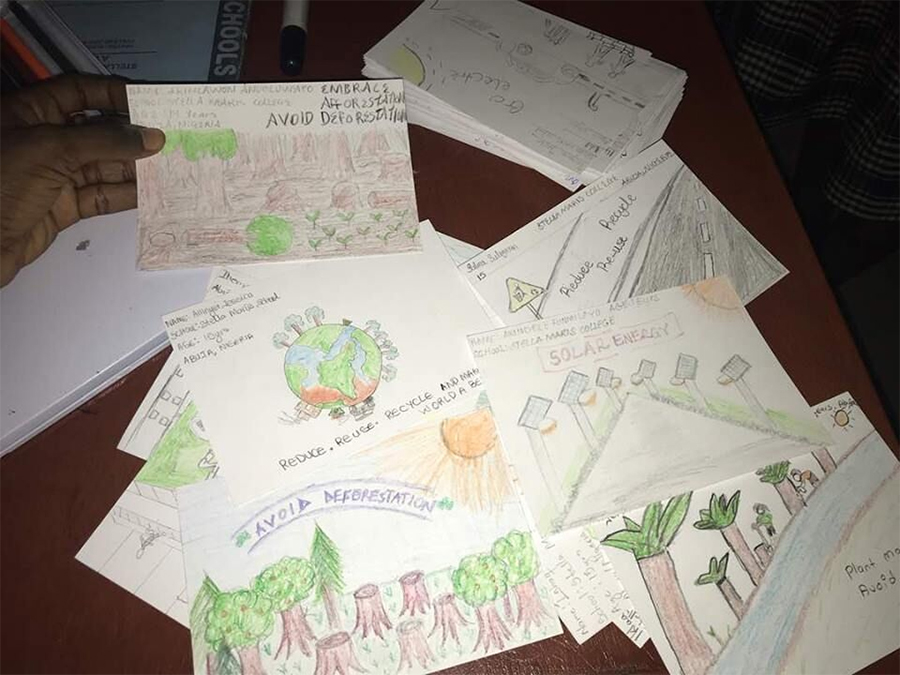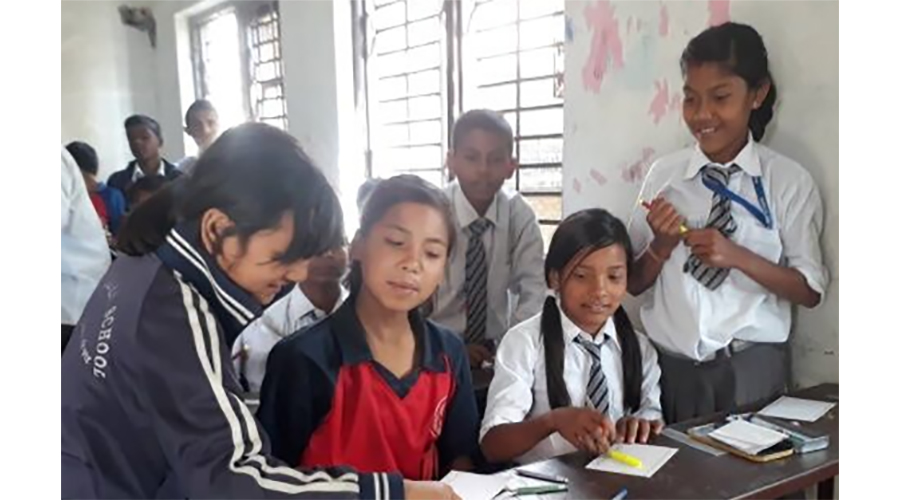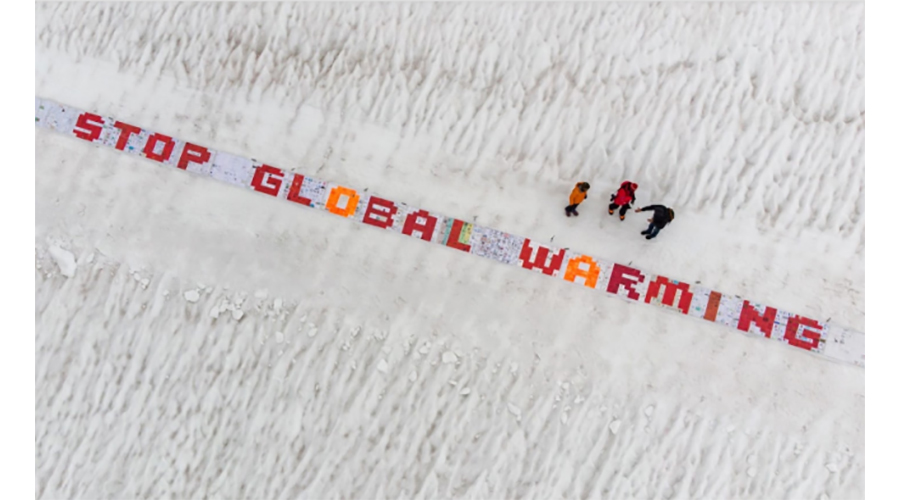Giant postcard with 125,000 cards exposed on Swiss glacier
Check out the first article of the Children as Champions of Climate Change - stories from all around the Planet series. More and more to come from different countries where children got engaged with Nature and took action by drawing attention to climate change, stay tuned!
Impact and Reach
In July 2018, the Swiss Agency for Development and Cooperation SDC set out to meet an outstanding and noble challenge dubbed the “Guinness World Records: 100,000 postcards challenge”. At Blue Luxury Investments we got to know about this call through an announcement on the IUCN CEC web portal. We had recently participated in the UN Environment #BeatPlasticPollution campaign in June which was such an amazing experience for our team, that when this opportunity came along, we did not hesitate to participate.
We officially started the project in late August and it was a real chore getting the planning and funding in place. For this we would like to thank all the partners and donors who contributed to the success of this project, specifically Ethium Partners and Associates for helping to significantly close the funding gap. We also want to thank all individual donors as well as our board for the generous morale and financial support towards this cause. Without them, we would probably not have been able to reach out to and learn from so many children and youth around the world.
We also express our sincere thanks to the SDC and its partners for the generous donation of over 25,000 postcards throughout the different countries. Particular thanks go to Daniel and Lauriane for their swift coordination and timely responses in ensuring even children from very vulnerable communities including refugee camps got a chance to become heroes of change.
Through our Global Ambassador Program and with the help of mobilization partners like Uyolo (a mobile platform that encourages fundraising for the global goals), we identified over 25,000 children and youth in the 9 countries of Bangladesh, Egypt, Kenya, Lebanon, Nepal, Nigeria, Somalia, Tanzania and Uganda. Our approach towards the campaign was embrace shared learning across age, gender and cultural dynamics.
Lessons Learned from Children
The reality on ground is that there is not enough age appropriate information for children regarding climate change, especially in developing countries. Lots of focus is made on the basics of early childhood education like math, sciences and reading comprehension, but we neglect creative and analytical thinking about issues that actually affect us like the environment. Interestingly enough though, children are already subconsciously aware about the environment, at least in their immediate surrounding where they interact with nature during playtime, on their way to school, or when they go out over the weekend with the family.
We also found out that big words like “global warming” and “climate change” are not immediately understood by children, and even some young adults. However, if you illustrate an example of what these terms look like, they immediately start to relate it to daily activities, and begin to teach you how you as an adult should change your ways.
#NatureForAll said it best in the Evidence Synthesis draft, “nature experiences teach children to respect, care for, and become stewards of the natural world”. As a matter of fact, one of the children in Kenya depicted this thought out so well illustrating an animal chasing away a man attempting to cut down a tree.
To hope for a world where Mother Earth is safe from environmental pressures, pollution and weather catastrophes is to begin to teach the next generation of leaders what needs to be done to create that world. This is why this project is so unique in the sense that it allows young leaders and children to begin to think about what they want their world to look like when they become adults, and what they can do on a daily basis in order to get there.
It is humbling to be taught by a 5 year old about how we as adults are harming the environment. One child came up to me and said, “what if I drew a picture of a factory and then trees all around the factory so they could absorb all the carbon dioxide? Do you think factories will stop causing global warming then?”
Way Forward:
We thank the IUCN CEC for having published this call to collaborate on their portal and on the IUCN CEC facebook group. We also call upon everyone passionate about environmental conservation and education to join the commission and to take keen interest on the calls and articles published and shared by members of the commission.
As an organization, we have the strong conviction to commit more resources and activities towards education of the next generation on how they can actively take steps to protect the planet. We also feel it is important to include children and youth in designing age-appropriate information about climate change and conserving nature. This is why we are now working on a global project with existing partners in collaboration with children to develop a pilot comic that addresses climate change as a whole from the child’s perspective. We view this as a continuation of the journey started by SDC to empower children through launching of the ‘Global Climate Change Youth Movement’.
We are cautiously optimistic that the messages and commitment penciled down by these amazing children will cause global leaders to indeed take swift action towards designing and implementing policies that are effective and inclusive of the younger generation.
We also humbly call upon everyone to take action against global warming. Simple things like switching off power sockets when not in use, using less hot water, saying no to single use plastics, and eating organically can go a long way to reduce our carbon footprint. Change happens one step at a time, one person at a time.
Please follow the SDC platform for updates regarding display of the gigantic poster on the Swiss Alps.
For more information contact: Maria Auma, Uganda








